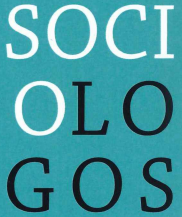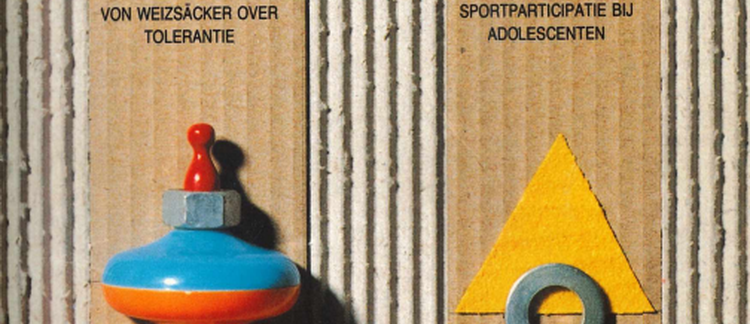Abstract
Starting point of this paper is retirement as the loss of the work role. Central to this are three theories about growing old, namely the disengagement theory, the continuity theory and the activity theory (substitution theory). These theories all make the connection between the degree in which the elderly are socially active and their life satisfaction. From these theories, three ways of adjustment to retirement are derived. Each has been related to life satisfaction. Empirical data for recently retired people indicate that substitution yields the highest scores. A further exploration instills the assumption that each way of adjustment may lead to a good life satisfaction, since people choose that way which corresponds best with their own life style and personality.
How to Cite:
Van Houtte, M., (1995) “Disengagement-, continuïteits- en activiteitstheorie: de relatie tussen activiteitsgraad en levensvoldoening bij jong-gepensioneerden”, Tijdschrift voor Sociologie 16(2), 143–161. doi: https://doi.org/10.21825/sociologos.86218
Downloads:
Download PDF
View
PDF


